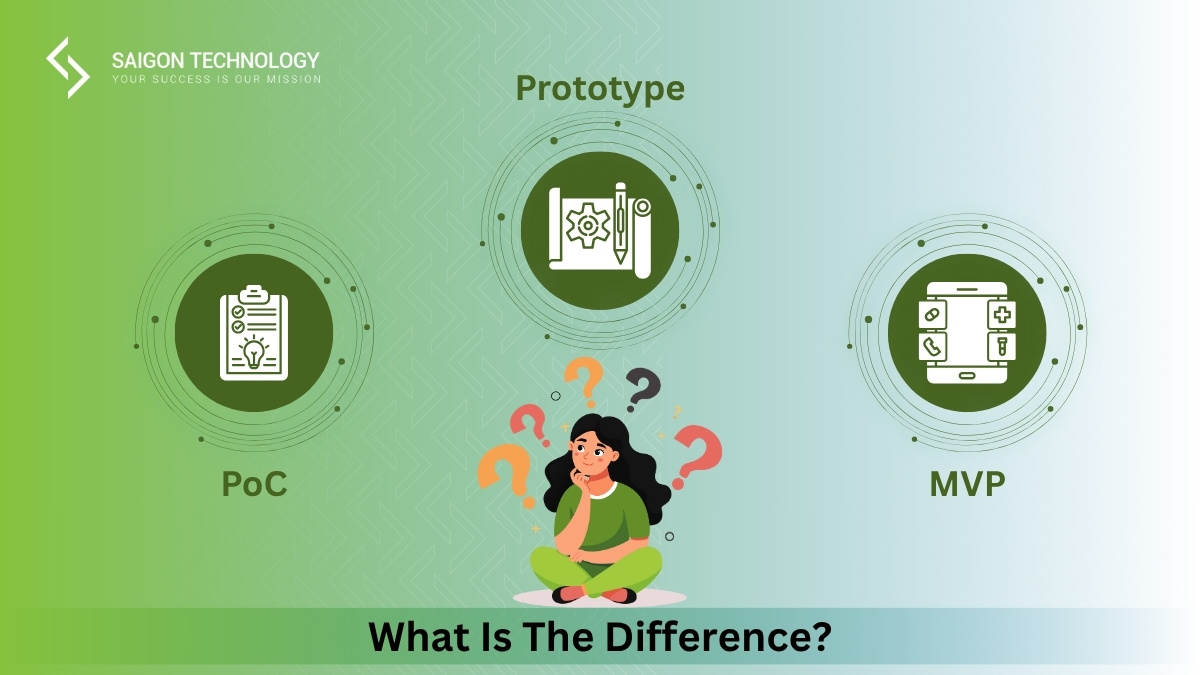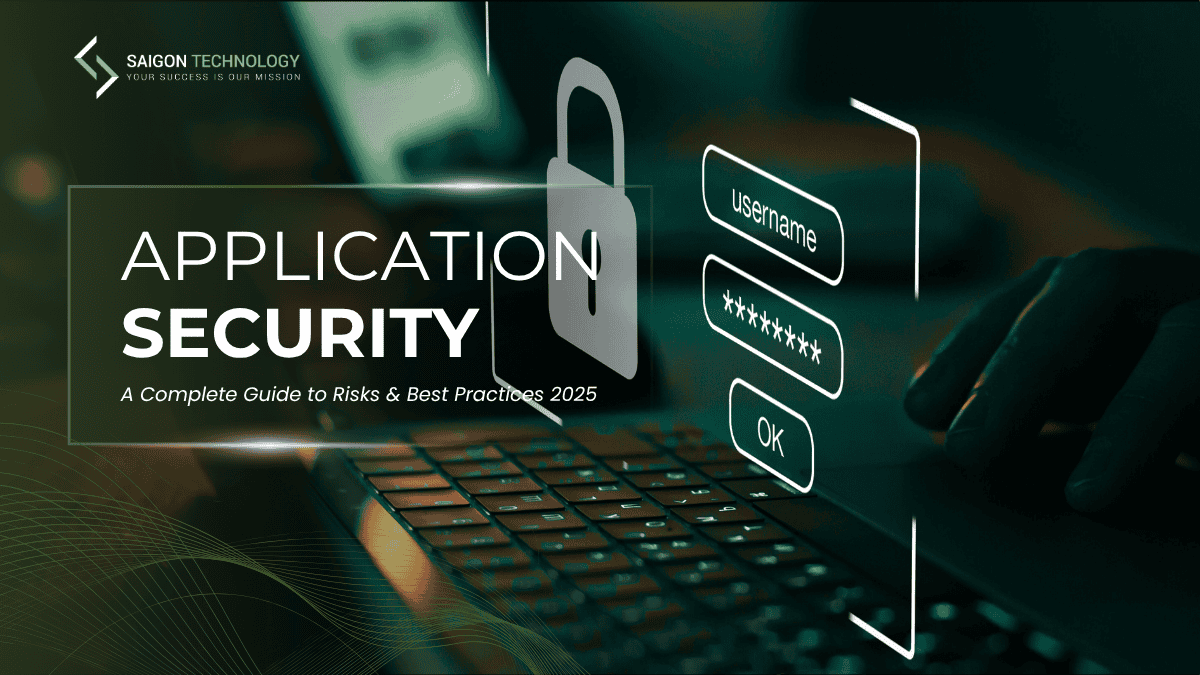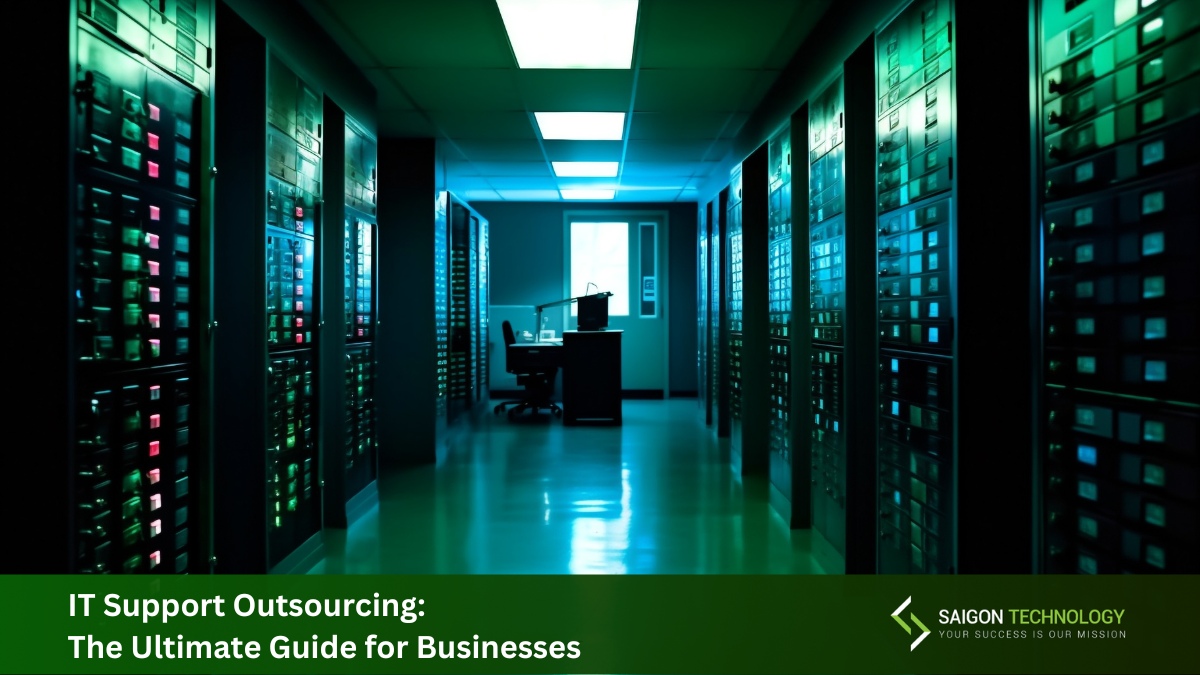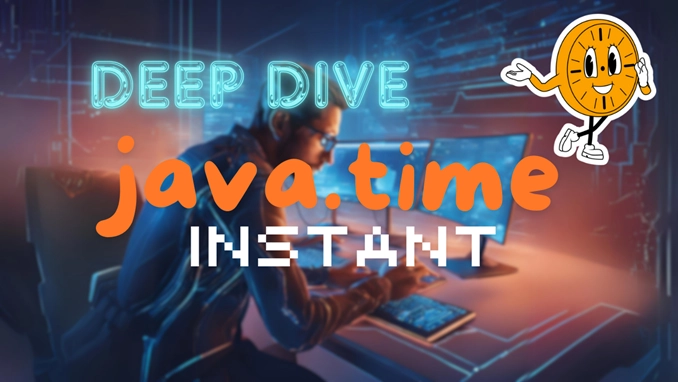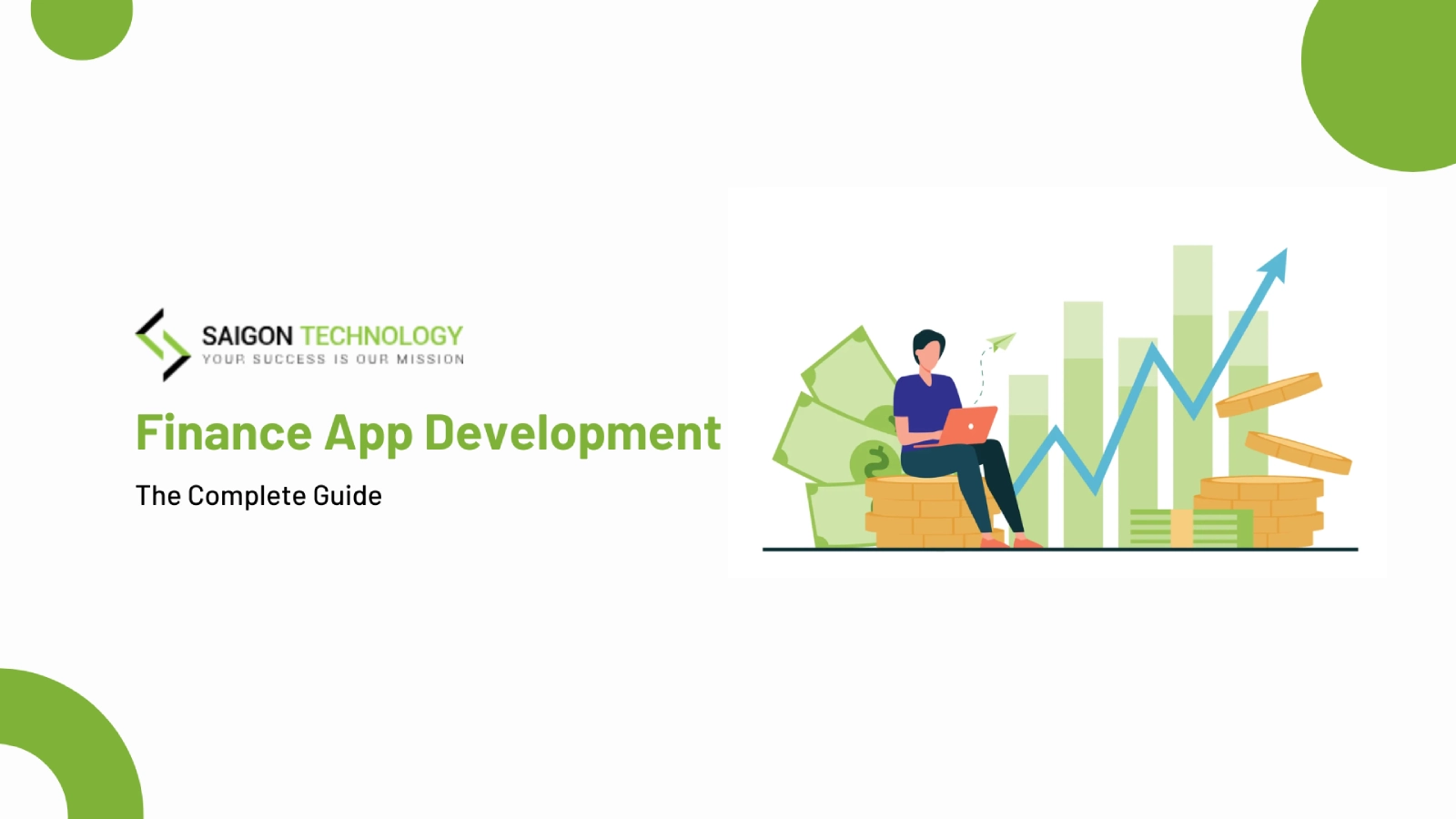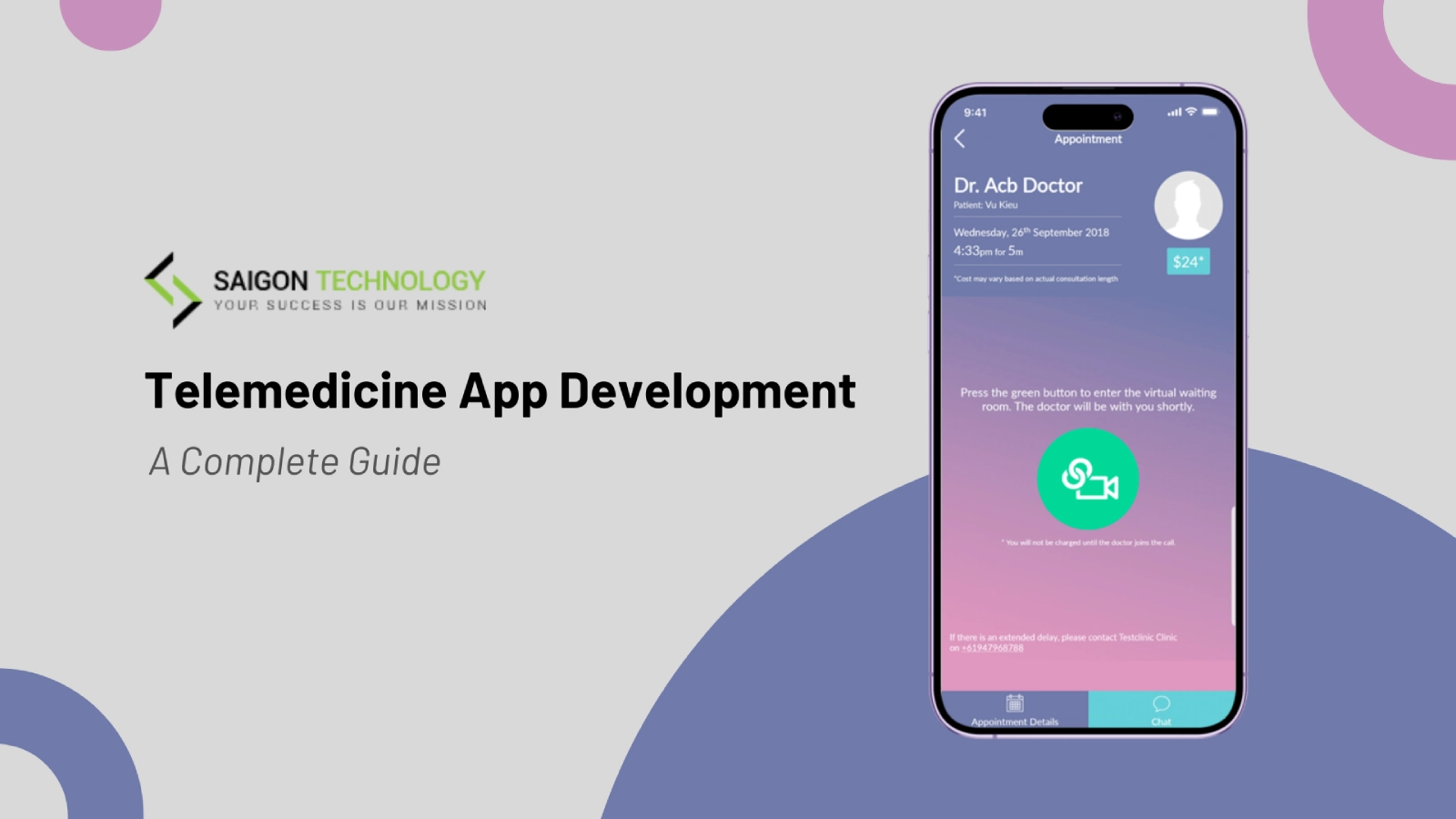Benefits of RFI software are transformative for the construction industry, offering enhanced efficiency, streamlined communication, and comprehensive documentation capabilities. From improving project transparency to reducing delays, adopting this technology can yield substantial returns. This article dives deep into these benefits, ensuring you understand exactly why integrating RFI software into your project workflow is not just beneficial, but essential.
Introduction to RFI Software
What is RFI Software?
RFI software is specialized project management software used to manage requests for information (RFIs) in construction projects. It provides a centralized system for handling inquiries, streamlining responses, and documenting decisions.
Importance of RFI Software in Construction
RFI software is crucial in construction because it effectively manages the flow of information, preventing costly mistakes and delays. This software eliminates manual tracking, reduces communication gaps, and ensures that critical information reaches stakeholders in real-time.
Brief Overview of Key Benefits
Key benefits include faster RFI closure, improved project transparency, enhanced communication, historical recording, and easy linking of relevant project information.
Accelerated RFI Closure
Faster RFI Closure through Automation
One of the significant benefits of RFI software is its ability to expedite RFI closure through automated workflows. Instead of traditional, manual handling of RFIs, software automation can streamline processes, ensuring responses are provided faster and more efficiently. This automation reduces the time between submitting an RFI and receiving a response, which in turn speeds up overall construction operations.
Reduction of Project Delays
By facilitating faster RFI closure, the software significantly reduces delays. Timely responses ensure that construction teams can proceed without waiting unnecessarily, minimizing the domino effect of delays that often plague construction projects.
Impact on Construction Project Timelines
When RFI closure is accelerated, entire construction project timelines benefit. Fewer delays mean smoother project execution, increased productivity, and ultimately, completion of projects on or ahead of schedule, translating into cost savings and increased client satisfaction.
Enhanced Project Transparency
Improved Visibility for Stakeholders
RFIs provides stakeholders with improved visibility of ongoing RFIs. With a centralized dashboard, everyone involved, from project managers to contractors and owners, can see RFI statuses in real-time, ensuring everyone remains informed and aligned.
Real-time Collaboration and Communication
The software promotes real-time collaboration, allowing instant communication among project members. Cloud-based tools ensure that information is always updated and available from anywhere, facilitating better decision-making and collaborative problem-solving.
Central Platform for Information Access
An RFI tracking system acts as a central platform where all information is accessible in one location. This reduces the need to search through emails or documents, saving time and reducing frustration.
Historical Recording & Documentation
Importance of Historical Recording in RFIs
Historical recording within RFIs creates a permanent, digital record of all interactions and decisions related to RFIs. This record is vital for resolving future disputes, understanding past decisions, and maintaining accountability.
Easy Access to Historical Data
With an organized log, accessing historical RFI data becomes straightforward. Teams can retrieve information quickly, aiding future project planning, and providing valuable insights for continuous improvement.
Documenting Decisions for Future Reference
Detailed documentation of decisions taken during RFI processes ensures there is always a clear record of who made decisions and why. This transparency is invaluable in audits, claims, and other situations where accountability is critical.
Linking Relevant Information
Integration with 2D Documents or 3D Models
RFI software excels in linking RFIs directly with 2D documents or 3D models. This integration allows project teams to visualize issues in context, reducing misunderstandings. For instance, if a structural issue arises, teams can attach an RFI directly to the specific location in a 3D model, simplifying identification and resolution.
Procore’s “Related To” Feature
An excellent example of linking relevant information is Procore’s “Related To” feature, which enables teams to associate RFIs with relevant documents, drawings, change events, or even other RFIs. This contextual linking enhances clarity, ensuring all stakeholders understand exactly what is referenced, leading to quicker resolutions and fewer errors.
How Linking Improves Coordination
By seamlessly linking related documents, RFIs, and other project components, RFI software significantly enhances project coordination. Teams benefit from streamlined workflows, quicker information retrieval, and reduced risk of important details being overlooked, leading to more cohesive project execution.
Streamlined Communication
Centralized Communication & Coordination
One of the standout benefits of RFI software is that it centralizes project communication. Instead of scattered emails, messages, or calls, all RFI-related communication is consolidated within a single, easily accessible central platform. This simplifies coordinating communication, making it efficient and traceable.
Reduction in Miscommunications
Centralized communication significantly reduces the likelihood of misunderstandings. By keeping communication transparent and documented in a single location, RFIs prevent the common pitfalls associated with fragmented communication, such as lost emails or missed calls.
Automatic Reminders for Stakeholders
Automatic reminders are another advantage of RFI software. These reminders alert stakeholders of pending actions, deadlines, or responses, ensuring no important communication slips through the cracks. By automating this process, the software enhances accountability and ensures timely follow-ups.
RFI Tracking System
Organized Logs for Efficient Tracking
An essential feature of RFIs is its robust RFI tracking system. With organized logs, project teams can efficiently track RFIs from creation to resolution. The logs provide clarity on the status of each RFI, allowing quick identification of bottlenecks or delays, which improves overall workflow management.
Customizable Fields and Forms
Many RFI software solutions offer customizable fields and the ability to customize forms according to project-specific requirements. This flexibility enables teams to tailor the tracking system to their exact needs, ensuring no important details are missed, and enhancing the relevance of data captured.
Importance of Tracking RFIs
Tracking RFIs meticulously helps construction teams maintain control over the project’s pace. Clear tracking ensures accountability, prevents RFIs from becoming lost or forgotten, and provides valuable data for future analysis, contributing to continuous improvement.
Customization and Flexibility
Customizable Forms for Specific Needs
RFI software often provides the ability to customize forms, allowing teams to capture information that is most relevant to their projects. This level of customization ensures that every RFI captures essential data in a structured manner, simplifying analysis and future reference.
Configurable Workflows for RFIs
Configurable workflows enable construction teams to define processes that match their operational needs. Whether simple or complex, workflows can be adapted, streamlining RFI management and ensuring compliance with internal procedures and industry standards.
Tailoring RFI Software to Project Requirements
The flexibility of RFI software makes it highly adaptable to various project types and sizes. Teams can adjust settings, workflows, notifications, and reports to align with specific project requirements, enhancing efficiency and usability.
Effective Stakeholder Management
How RFI Software Engages Stakeholders
Engaging stakeholders effectively is critical in construction projects. RFIs facilitates this by providing real-time updates, direct access to relevant information, and instant notifications. Stakeholders can easily monitor RFIs, contributing to a more engaged, informed, and responsive project team.
Benefits to Construction Project Managers
For construction project managers, RFI software simplifies communication management, reduces administrative burdens, and provides clear visibility into ongoing issues. This allows project managers to focus on critical decisions, improving overall project performance.
Effective Communication with Vendors
By using RFI software, effective communication with vendors is improved. Vendors can respond quickly to RFIs, attach necessary documentation like shop drawings, material samples, or engineering calculations directly within the system. This clarity ensures seamless integration of vendor information into project workflows.
End-of-Project Reporting
Generating Detailed Reports
RFI software simplifies end-of-project reporting by automating the generation of detailed reports. These reports consolidate critical data on RFI volume, response times, issue resolutions, and other relevant metrics, providing valuable insights into project performance.
Importance of End-of-Project Documentation
Accurate end-of-project documentation is vital for project reviews, audits, and legal compliance. RFI software ensures all RFI-related communications, actions, and decisions are thoroughly documented, providing a comprehensive project record.
Simplified Reporting through Software
The software’s built-in reporting tools simplify the creation of comprehensive, professional reports. Teams can quickly generate summary or detailed reports, enhancing transparency and facilitating effective project closeout.
Integration and Interoperability
Integration with Accounting Apps & Resource Management Apps
Many RFI software solutions integrate seamlessly with other construction applications, such as accounting apps and resource management apps. This interoperability enhances overall project management efficiency by consolidating data from multiple sources into a unified system.
Cloud-Based Tool for Easy Integration
As a cloud-based tool, RFI software easily integrates with various other cloud-based applications. This feature ensures that construction data is synchronized, secure, and accessible across different platforms, making information sharing and collaboration effortless.
Procore’s RFI Software Integration
Procore’s RFIs is an excellent example of seamless integration capabilities. It allows teams to connect RFIs with project management modules, construction submittals, and other critical functions, creating a cohesive management environment for projects.
Identifying and Addressing Issues
Early Identification of Information Gaps
One critical benefit of RFI software is its ability to identify information gaps early in a project. With real-time access to project details, teams can quickly pinpoint missing or unclear information, ensuring potential issues are addressed before they escalate into significant problems. This proactive approach saves both time and resources.
Coordinating Communication to Resolve Issues
Effective coordination is essential when addressing construction issues. RFI software streamlines this process by centralizing communication, allowing multiple parties—like architects, engineers, contractors, and clients—to discuss and resolve problems collaboratively. The software maintains clarity, minimizing the chances of misinterpretations and delays.
Role of RFI Software in Mitigating Risks
Construction projects inherently carry risks, especially related to information discrepancies or miscommunications. RFI software mitigates these risks by creating a structured process to manage and document every issue comprehensively. By ensuring clear documentation and prompt resolution, the software reduces the likelihood of costly mistakes or disputes later in the project lifecycle.
Reduction of Construction Delays
Role of RFI Software in Reducing Delays
One of the most significant benefits of RFI software is its impact on reducing construction delays. By facilitating quicker RFI responses, streamlining communication, and ensuring all parties have timely access to crucial information, delays are minimized. Projects that use RFI software tend to have more predictable timelines, fewer scheduling conflicts, and smoother overall execution.
Impact on Overall Project Efficiency
When delays are reduced, overall project efficiency improves significantly. Teams spend less time waiting for responses and more time advancing the project. The software’s organized approach to handling RFIs means that project teams can focus on high-value tasks, enhancing productivity across the board.
How Faster Response Time Saves Costs
Time is money in construction, and every delay comes at a financial cost. RFI software, by speeding up response times and streamlining communication, directly contributes to cost savings. Quicker issue resolution means less downtime, fewer additional labor costs, and lower risk of penalties for late project delivery.
Improved Accountability
Increased Accountability through Detailed Logs
RFIs promotes accountability by maintaining organized logs of all actions, decisions, and communications related to RFIs. Every response, query, and change is meticulously recorded, creating an audit trail that holds individuals or teams accountable for their contributions or delays.
Tracking Responsibilities and Actions
The software allows teams to assign clear responsibilities for each RFI. Automatic notifications and status updates ensure every team member knows their tasks, deadlines, and expected outcomes. This clarity prevents confusion, improving responsiveness and accountability throughout the project.
Documented Accountability in Construction
In construction, documented accountability is vital for legal, regulatory, and contractual reasons. RFIs provides comprehensive documentation, capturing who did what and when, which can be crucial during claims, audits, or dispute resolution. This level of detail strengthens the overall accountability framework of any construction project.
RFI Software Functionality Overview
Organized Logs and Dashboards
The functionality of RFI software includes intuitive organized logs and dashboards. These provide quick access to vital RFI data, offering snapshots of pending, resolved, or overdue RFIs. Dashboards visualize project status, enhancing user experience and making project management simpler and more effective.
Drag-and-Drop Attachments
User-friendly drag-and-drop attachments further simplify the RFI process. Users can quickly attach relevant files—such as shop drawings, mockups, material samples, or project specifications—directly to RFIs. This functionality saves time, reduces errors, and ensures relevant information is readily available for review.
Progress Documentation Trackers
Many RFI software solutions include progress documentation trackers, allowing teams to monitor the status and progress of RFIs in real-time. This feature provides essential insights into project pace, identifying potential bottlenecks early and ensuring the smooth progression of the construction project.
Conclusion
Summary of Key Benefits
In summary, the benefits of RFI software for the construction industry are numerous and profound. The software speeds up RFI closures, enhances project transparency, streamlines communication, improves documentation, facilitates stakeholder engagement, and significantly reduces delays. Collectively, these benefits lead to increased efficiency, cost savings, and enhanced overall project performance.
Future Trends in RFI Software
Looking ahead, RFI software is likely to evolve further, incorporating advanced features like AI-driven analytics, predictive issue management, and deeper integration with 2D documents or 3D models. As the construction industry embraces more digital solutions, RFI software will remain a critical component of modern project management strategies, continually adapting to meet changing industry demands.
FAQs about RFI Software
What is the primary purpose of RFIs?
The primary purpose of RFI software is to manage, track, and document requests for information (RFIs) efficiently in construction projects, streamlining communication and resolving issues quickly.
How does RFI Software integrate with construction submittals?
RFI software integrates with construction submittals by linking RFIs to related submittal documents, enabling teams to cross-reference essential project information seamlessly and improving overall project coordination.
What are the essential features of RFI Software?
Essential features include automated workflows, centralized communication, customizable forms, organized logs, automatic reminders, detailed reporting, and integration with 2D documents or 3D models.
Can RFIs be customized for different projects?
Yes, RFI software is highly customizable. Teams can tailor forms, workflows, and fields to suit the specific requirements of different construction projects, enhancing flexibility and effectiveness.
What types of documents are involved in RFI Software?
RFI software manages various document types, including shop drawings, engineering calculations, material samples, mockups, vendor information, project specifications, and 2D or 3D project models.
How does RFI Software reduce project delays?
RFI software reduces project delays by facilitating faster communication, streamlining the response process, quickly identifying and resolving information gaps, and ensuring all stakeholders have immediate access to essential project information.


